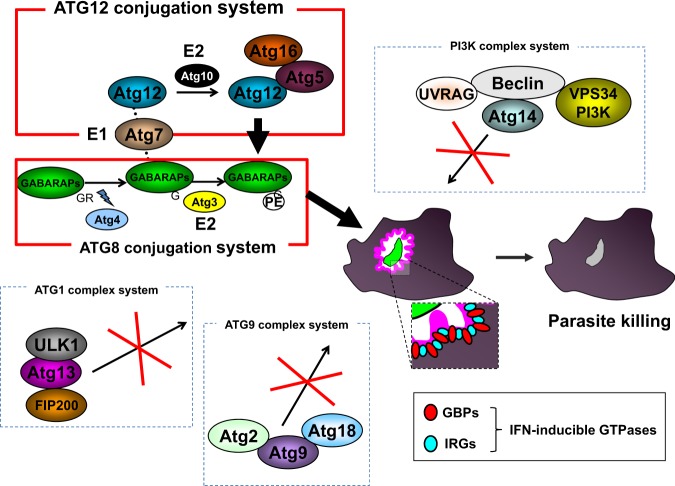Fig. 2. Diagrams of cell-autonomous immune responses to T. gondii infection.
IFN-inducible GTPases, such as GBPs and IRGs, accumulate on the T. gondii PVM and are important for its disruption. ATG family proteins are functionally divided into five systems, Atg12 conjugation, Atg8 modification, Atg1 complex, PI3K complex and Atg9 complex, which all play differentially critical roles in autophagy. Among them, IFN-inducible GTPase-dependent immunity requires Atg12 conjugation and Atg8 modification systems (marked red). Atg family members (marked red) regulate the localization of the GTPases that are involved in the destruction of PVMs. GTPases that are reportedly recruited to PVM are IRGs (Irga6, Irgb6, Irgb10 and IrgD) and GBPs (GBP1, GBP2, GBP3, GBP5, GBP6, GBP7 and GBP9). Some GTPases on the PVM form pores on the PVM, resulting in destroying the replication location of T. gondii and preventing the expansion of infection.

